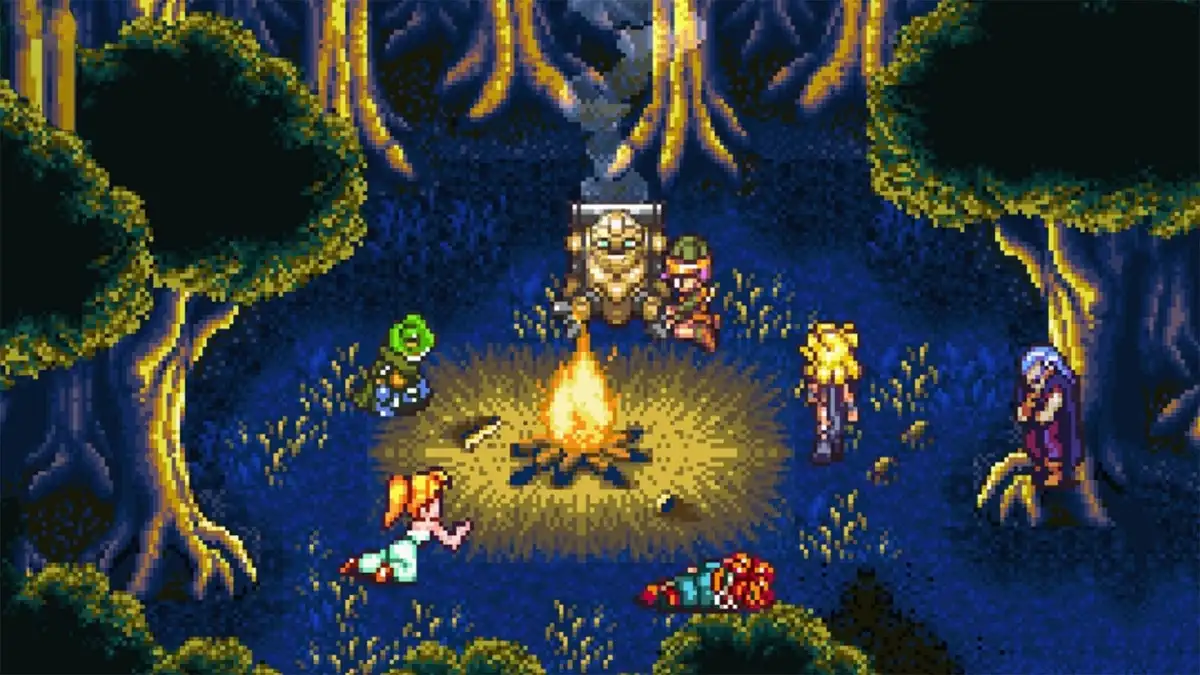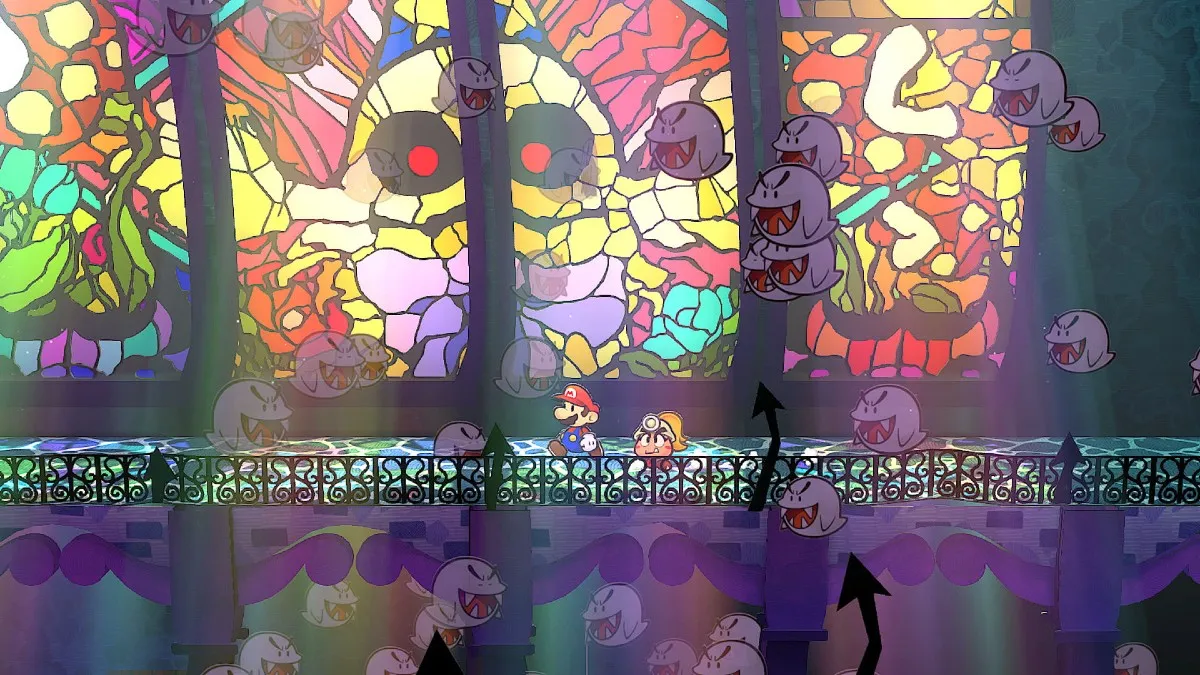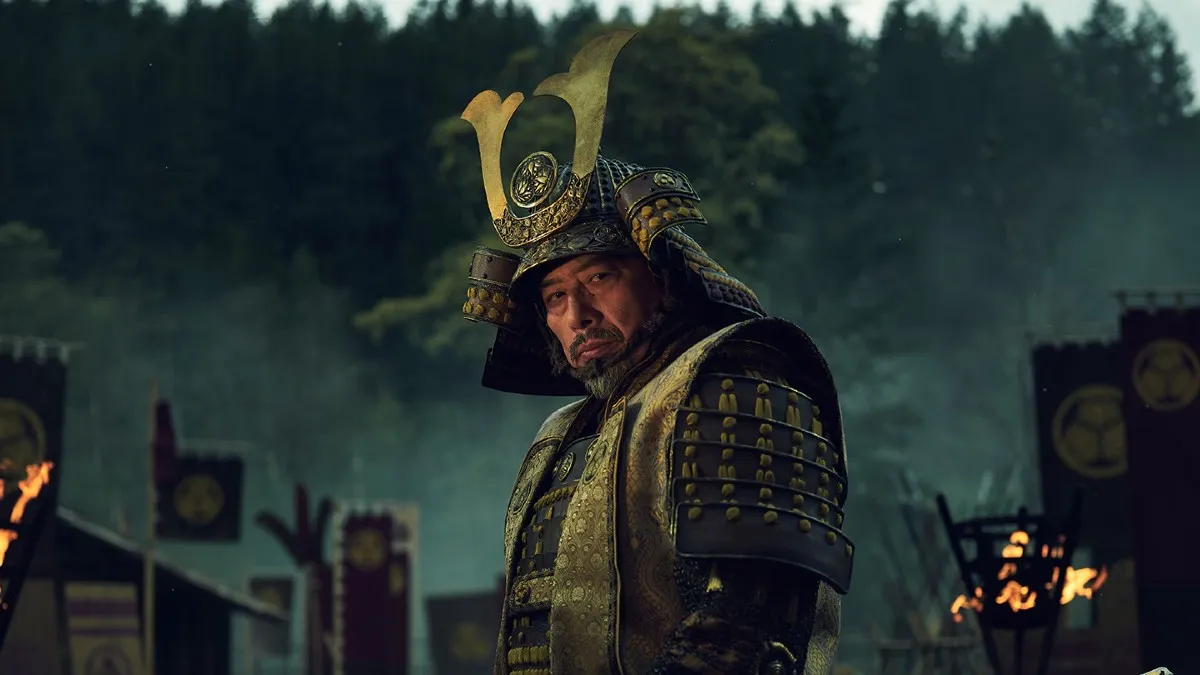Best Square Enix Games of All Time
Legend of Mana, one of the best Square Enix games of all time – Legend of Mana was the fourth game in the surprisingly popular Mana series and it boasted beautiful artwork and a phenomenal soundtrack from renowned composer Yoko Shimomura. Though the story felt rather disjointed and lackluster in comparison to its series predecessors, Legend of Mana really stands out as one of Square’s best games because of its incredible soundtrack, which ultimately lends itself to a truly memorable JRPG experience. Square Enix.
Romancing SaGa – Though Romancing SaGa was universally panned by critics because of its really steep difficulty curve, the game was still an interesting project because of how open-ended it was. Players could go through events in different orders and piece the story together bit by bit. Even the way the game starts can be different for every player, as you must choose from eight different character types, each with their own strengths and weaknesses, and starting points in the game world. Romancing SaGa doesn’t hold up particularly well today, but it featured a lot of bold concepts that we’d love to see Square Enix return to at some point. Square Enix.
Parasite Eve II, one of the best Square Enix games of all time – Parasite Eve II is an interesting game that didn’t quite know what it really wanted to be. Square moved away from the ATB system used in the first game, allowing players full control of Aya’s actions in battle. It felt more like a survival horror game, akin to the likes of Resident Evil and Silent Hill, but still retained some RPG elements like leveling up through combat. As a result, Parasite Eve II lacked a lot of tension that was present in the original game and other survival horror titles. While the story continued down the crazy supernatural path as Aya uncovers insane scientific conspiracies that we all love so much, the gameplay felt rather lacking.
Xenogears – People really want Square Enix to do a Xenogears remake (or at least a remaster), and for good reason too. Xenogears released to critical acclaim back in the 90s, and it was lauded for its gripping story, as well as the religious and philosophical undertones in the narrative. The game touches on a lot of themes and concepts like the relationship between human and machines, Jungian psychology, and dissociative identity disorder. Xenogears handles all of its themes neatly, without having any of them feeling tacked on, making this one of the most notable games developed by Square.
Secret of Evermore – Set in the fictional world of Podunk, Secret of Evermore was probably the first Square game that really tried to catch the attention of the western market. With little references to western and American culture, coupled with the fun battle system that allowed you to move your character around in combat, Secret of Evermore was a great, if a little commercially underwhelming, game over all.
Bravely Default, one of the best Square Enix games of all time – In a world that had become slightly disenfranchised with the Final Fantasy name (I’m referencing the period of the XIII saga), Bravely Default felt like a return to roots for Square Enix. With Crystals, a classic party of four, and a turn-based system with an innovative and modern twist, Bravely Default is considered a real JRPG gem on the 3DS today.
Front Mission – Before we got Final Fantasy Tactics, we had Front Mission – a series that focused primarily on battle and strategy. Front Mission drew some inspiration from Fire Emblem and birthed its own set of complex combat systems that forced players to think more tactically before making any moves.
Final Fantasy IV – Final Fantasy might have saved Square and series creator Sakaguchi from the brink of unemployment, but the early games weren’t all that spectacular when it came to the storytelling bits. It wasn’t until Final Fantasy IV where the series started to shift its focus a little bit. IV’s story plays out a lot like a soap opera or Saturday morning anime (same thing, really) where there are plot twists and revelations thrown at you from every corner. Not all of it works, but IV was probably the very first Final Fantasy game where players actually remembered character names: Cecil, Kain, Rydia, Rosa, and so on. Square even went on to make a sequel to IV, where we followed the story of Ceodore, the son of Cecil and Rosa. Sorry, Kain.
Secret of Mana – Final Fantasy Mystic Quest was a simple spin-off from the popular JRPG franchise, but it quickly became its own thing when Square made a sequel, Secret of Mana. Similar to the Mystic Quest combat system, Secret of Mana also featured the combat ring where players could take actions whenever foes entered it. Secret of Mana also came packed with an emotional storyline and an absolutely breathtaking soundtrack.
Tactics Ogre: Let Us Cling Together, one of the best Square Enix games of all time – Tactics Ogre: Let Us Cling Together has some really heavy stuff going on in its story. There’s conflict between two major ethnic groups in the world of Valeria, tons of innocent people lose their lives every day, and it’s up to the protagonist Denam Pavel to bring peace and freedom to the land again. Tactics Ogre stands out because of its well-done story and, more importantly, its turn-based tactical RPG gameplay. There are a ton of classes your characters can ultimately adopt, but even further than that, there are alignments to take into consideration when moving into advanced classes, lending the game a good level of depth.
Final Fantasy Crystal Chronicles – Final Fantasy Crystal Chronicles was a charming JRPG experience for GameCube owners that offered both exploration and fun combat elements. Players could travel around on caravans and interact with NPCs. When it came to combat, every character could make use of every ability and spell in the game, but the real strategy came in deciding who should fulfill which role. The races introduced in Crystal Chronicles determined a character’s stats and proficiency, so there was fun to be had when it came to party organization. Crystal Chronicles also introduced a cool multiplayer mode where players could connect their GameBoy Advance to the GameCube, using it as a second screen to cast spells and use magicite together.
Super Mario RPG – Who would’ve ever thought that Nintendo’s iconic red plumber could become an RPG hero? Well, Square and Nitnendo did, that’s who. Super Mario RPG is exactly what its name suggests: a turn-based RPG starring Mario as he eventually teams up with Bowser to take down the evil villain Smithy. Super Mario RPG felt pretty simple in terms of gameplay, especially when compared to the Final Fantasy juggernaut, but it was still a big hit with Mario and RPG fans alike.
Vagrant Story – Vagrant Story was a big depature from the types of games Square fans were most used to. This RPG featured Shakespeare-like language and writing, giving it a classical English and French vibe all throughout. Vagrant Story was also one of the most challenging games to come to grips with during that point in time. The game’s battle system was similar to the combat ring style introduced in Secret of Mana, but was layered with so many other systems and required proper inventory management on the player’s part. Vagrant Story wasn’t a huge commercial hit, but it’s certainly one of the most interesting games Square’s ever made.
The World Ends With You – The World Ends With You is so beloved because of how it handles the development of its main character, Neku. At the start of the game, Neku is anti-social and has no desire to interact with anyone. The game throws Neku into… well, the Game, and suddenly, everything changes. The World Ends With You has a pretty cliched “save the world” overarching plot, but Neku’s interactions with the other players are believable, and it’s really heartening to see how Neku grows and blossoms by the end of the story. This isn’t the most epic story Square Enix has ever crafted, but despite its few fantasy elements, it’s one of the most real.
Final Fantasy Tactics – Final Fantasy Tactics has really great tactical RPG gameplay, as you might expect. Characters level up with experience points, and they can also earn Job Points to develop into different and more advanced classes. However, Tactics also features two of the best characters we’ve seen in the Final Fantasy series. Ramza and Delita are both from different backgrounds, and despite being childhood friends, the pair ultimately develop vastly opposing views on life, which creates an interesting dichotomy that drives the narrative forward.
Kingdom Hearts 2 – Hot off the heels of the wildly successful Kingdom Hearts, Square Enix wasted no time in working on a proper sequel for the series. Kingdom Hearts 2 improved upon a lot of things that the original couldn’t quite get right, such as a better and more exciting combat system, and much larger worlds. However, this was where the series started to get really bogged down with cutscene after cutscene, and the story taking a turn for the loony didn’t help matters either.
Kingdom Hearts: Birth By Sleep – Birth By Sleep is just a spin-off game for the Kingdom Hearts series, but it’s widely regarded as one of the best games in the series, rivaling even Kingdom Hearts 1 and 2. The game’s three protagonists were well fleshed out and are now some of the most beloved characters in the story. Birth By Sleep also introduced the best damn mini game in the series ever: Command Board.
Chrono Cross – Ever wanted to play a JRPG with 45 unique characters? Chrono Cross has you covered. Just like Chrono Trigger, Cross allows players to travel through time to alternate dimensions to interact with and recruit new characters to your party. Of course, it’s impossible to recruit everyone on a single run, so you’ll have to go through New Game Plus if you want to get them all. Chrono Cross was an outstanding game for Square because of how freaking massive it was. Despite having a whole slew of endings and characters to recruit, the story remained solid throughout, and served as a worthy successor to the legendary Chrono Trigger.
Dragon Quest VIII – Though the Dragon Quest series still hasn’t gained a lot of traction in the west, Dragon Quest VIII is another title that’s wide regarded as one of Square’s best JRPGs. The game employs a classic turn-based combat system and random encounters, along with a really vibrant world and a camera that allowed players to examine all the interesting stuff in it. Overall, the game’s plot is pretty simple, but that simplicity allowed more room for players to get to know the characters and, subsequently, feel attached to them.
Kingdom Hearts – Mixing Disney icons with Final Fantasy-esque anime characters sounded like a recipe for disaster, but it worked for Square, and is now one of the most successful series ever produced by the developer. The original Kingdom Hearts still holds up pretty damn well even today, and the bromance between Sora, Donald, and Goofy never felt forced – a really, really remarkable achievement.
Final Fantasy X – With the new Emotion engine, Square wanted to create a fully voiced Final Fantasy game with character models so realistic that players would be able to read a character’s facial expression. The Emotion engine certainly doesn’t hold up that well today, but it helped to craft one of the most beautiful games made for the PS2. Final Fantasy X was completely unlike any other FF game that came before it, and while the voice acting isn’t really the best, it helped to breathe new life into the RPG series. It certainly helps that Spira was also one of the richest and most believable worlds we’d ever seen in Final Fantasy.
Parasite Eve – Parasite Eve was an interesting project for Square, a company that had made itself known for its stellar fantasy RPGs by that point in time. With Parasite Eve, the developer meshed a modern western setting with its RPG formula, ultimately birthing a fantastical, yet also rather horrific (in a good way) role-playing experience. Players can actively move Aya Brea around during combat (similar to Secrets of Evermore), while also keeping track of how many bullets she has in her gun, and activating special skills when the opportunity presents itself. Looking back on it now, the gameplay is pretty rough, but Parasite Eve certainly felt like a breath of fresh air when it first launched.
Final Fantasy VI – While Final Fantasy IV attempted to add some proper depth and plot to the series, VI is where this concept really started to take form, and this game marked the beginning of a new era: an era where fans had begun to expect good stories from Final Fantasy games. VI was a bold game for its time, introducing players to such a wide variety of characters, all of whom could arguably take the mantle of ‘main protagonist.’ VI also did a lot of things that were considered unprecedented and totally unexpected for an SNES title, such as letting players take part in an awesome interactive opera sequence.
Chrono Trigger – Chrono Trigger was the product of Sakaguchi (Final Fantasy), Yuji Horii (Dragon Quest), and Akira Toriyama (Dragon Ball) coming together to create one of the best JRPGs to date. Chrono Trigger really was an innovative product for its time too, as it employed the ATB system from classic Final Fantasy games, but removed random encounters. Players could choose when they wanted to fight and run away, and being able to have characters pair up to use powerful Tech moves was a mind-blowing mechanic for the time. Ultimately, though, it was Chrono Trigger’s story that keeps players coming back for more. Every single party member in Chrono Trigger had a purpose, and all of them were memorable and likable – even the silent Crono. There’s just something about this timeless classic. Perhaps it’s the SNES graphics that keep it feeling charming and evergreen, or maybe it’s just how the cast feels so real. It’s almost criminal how Square Enix hasn’t entertained the idea of a remake or remaster for this title. Then again, maybe greatness is better left untouched.
Final Fantasy VII, one of the best Square Enix games – Without a doubt, Final Fantasy VII was the game that really changed things for the long-running series, and for Square in general.. Often dubbed as “quite possibly the greatest game ever made,” Final Fantasy VII built upon what VI had started, and proved that video games were truly capable of telling incredible stories and creating characters that players could latch on to, even if they looked like ugly LEGO blocks at the time. Even today, many fans still look back on Final Fantasy VII fondly, citing it as one of, if not the best RPG of all time – a real feather in the hat for Square.
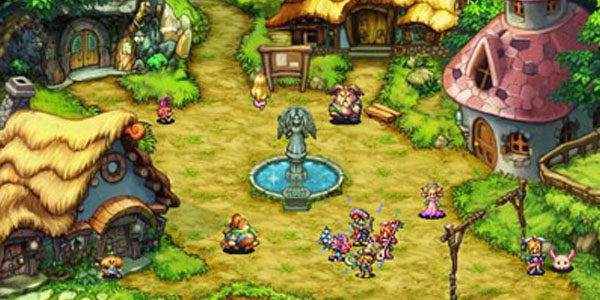
Legend of Mana
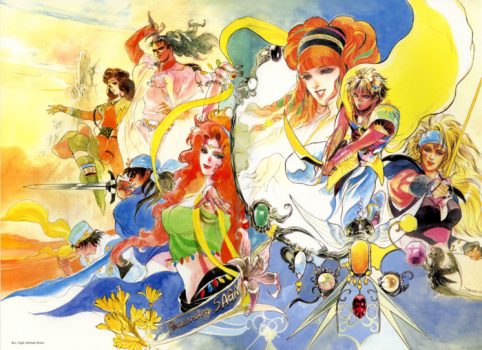
Romancing SaGa
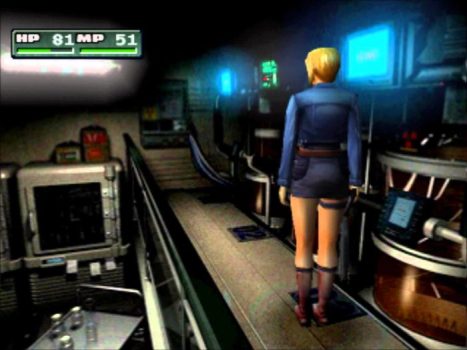
Parasite Eve II

Xenogears
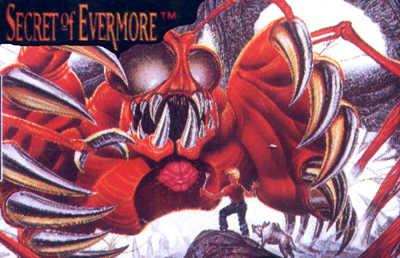
Secret of Evermore
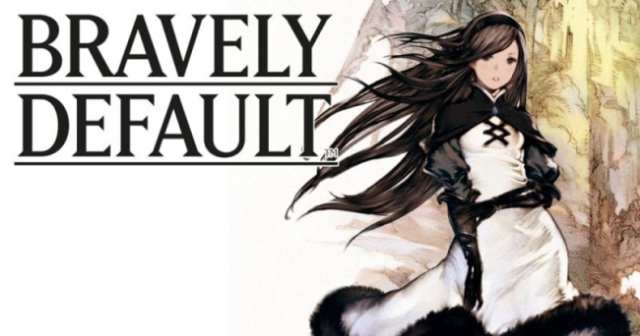
Bravely Default
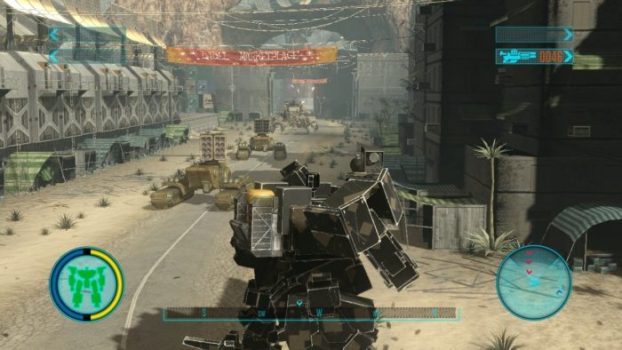
Front Mission
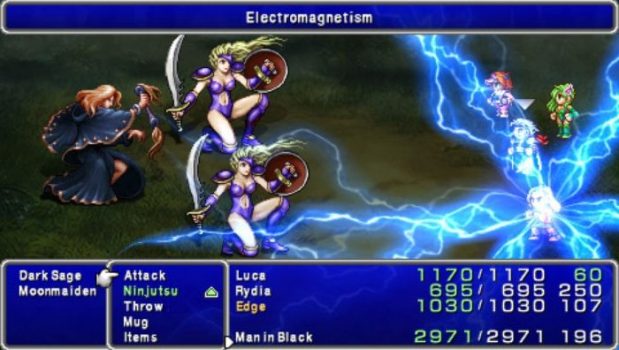
Final Fantasy IV
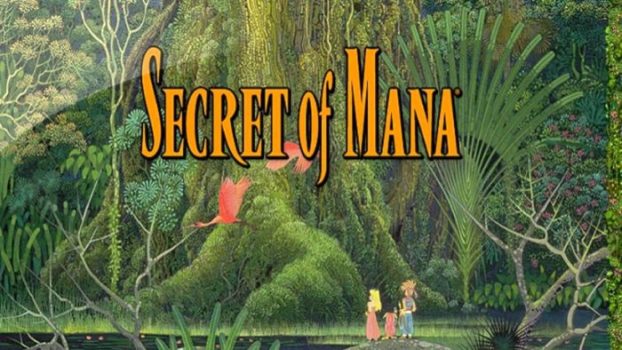
Secret of Mana
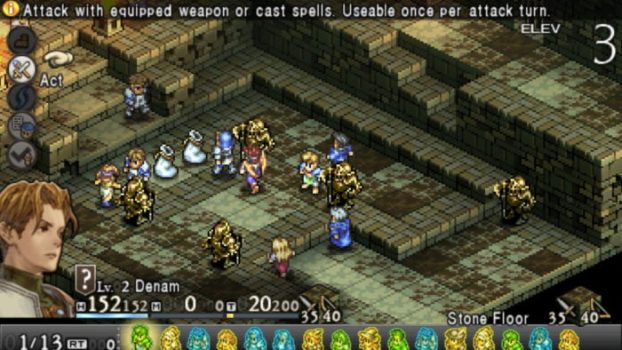
Tactics Ogre: Let Us Cling Together
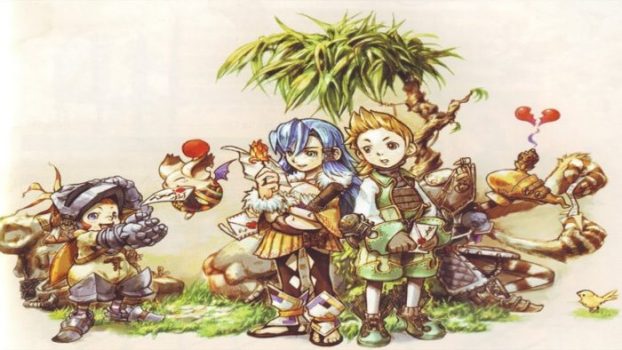
Final Fantasy Crystal Chronicles
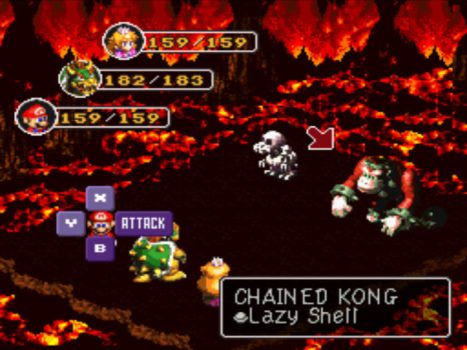
Super Mario RPG
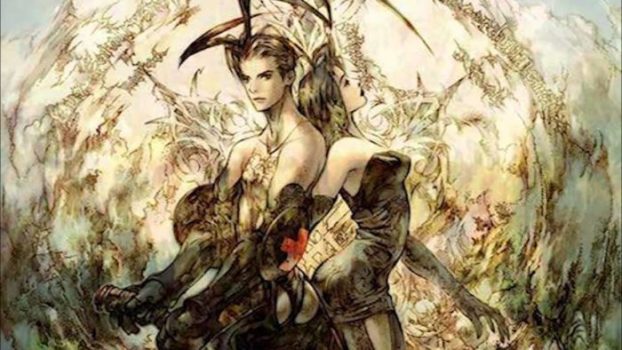
Vagrant Story
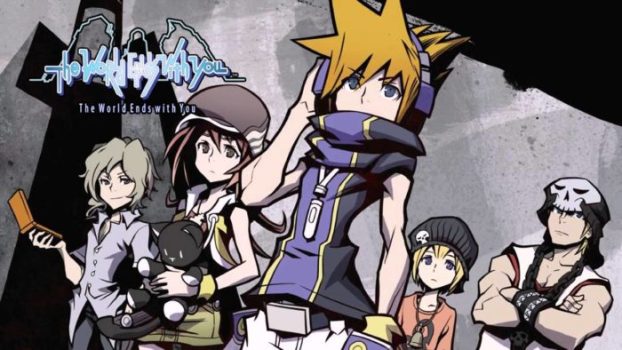
The World Ends With You
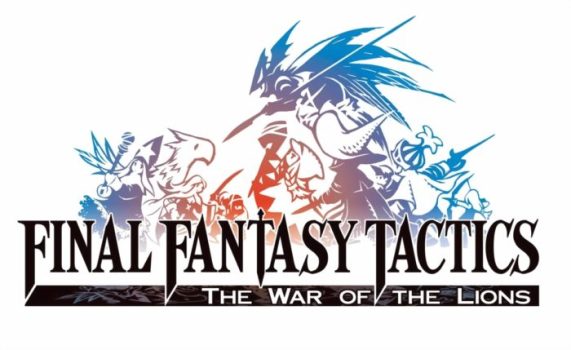
Final Fantasy Tactics
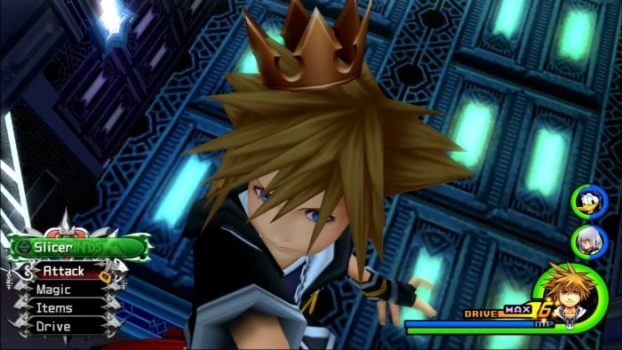
Kingdom Hearts 2
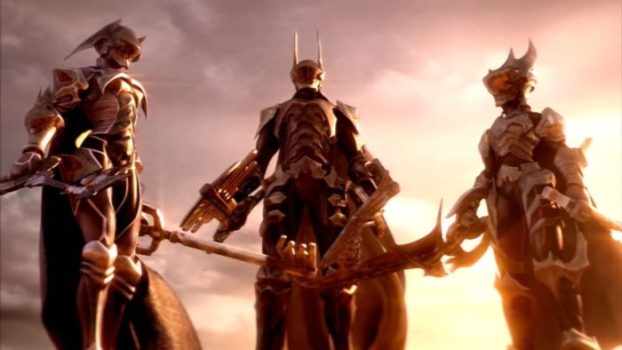
Kingdom Hearts: Birth By Sleep

Chrono Cross
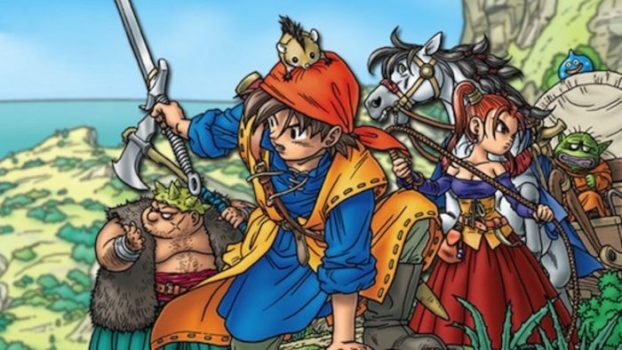
Dragon Quest VIII
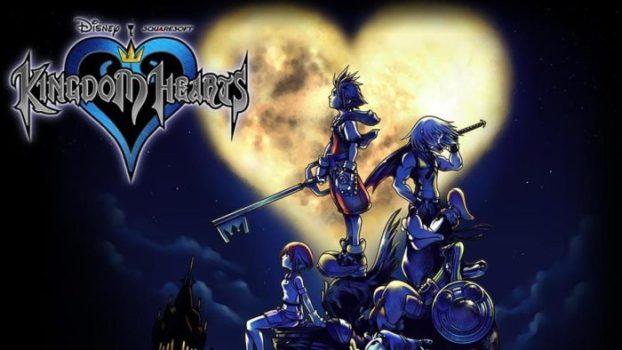
Kingdom Hearts
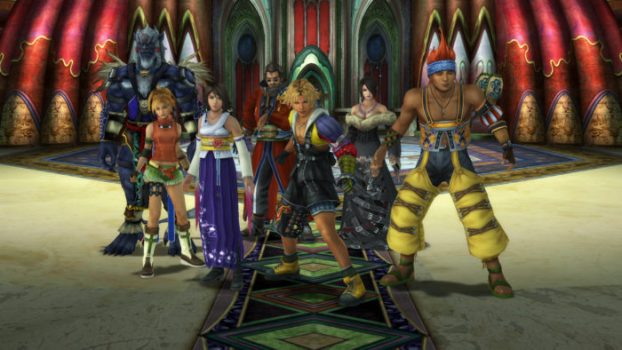
Final Fantasy X
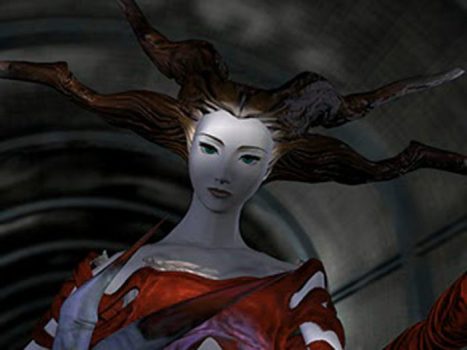
Parasite Eve
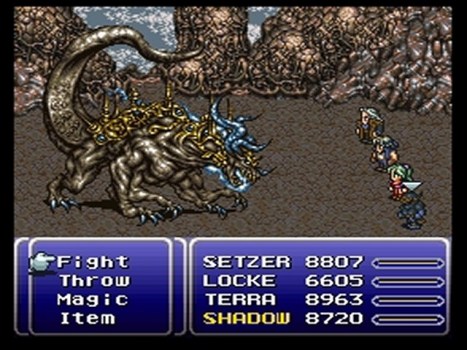
Final Fantasy VI
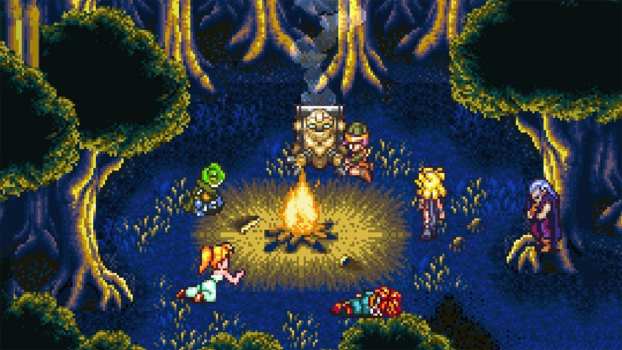
Chrono Trigger


